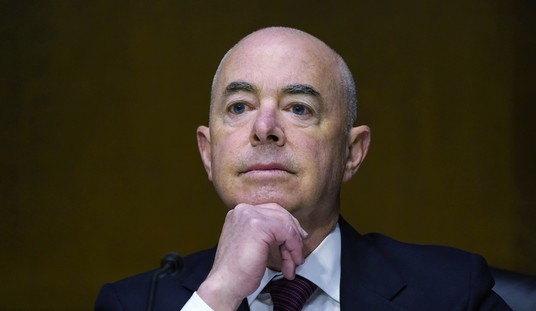I wanted to bring to your attention a short report released by The Buckeye Institute for Public Policy Solutions (full disclosure: I am the president) focused on state spending burdens and their connection, or lack thereof, to economic growth.
Adam Schwiebert, The Diehl Family Fellow at the Buckeye Institute, put together a short policy brief that uses a measurement know as “state spending burden” – comparing combined state and local government spending as a percentage of private sector Gross Domestic Product (GDP) – to look at the connection between spending and growth. The resulting chart, shown below, highlights that Ohio has a higher level of spending than growth states like Texas, South Dakota and Colorado.
For what Paul Harvey would have called the “rest of the story” keep reading.
You can probably guess where this is headed: States that spend heavily, such as Ohio and Michigan, have not witnessed the strong economic growth that lower spending states have experienced.
Allow me to quote rather extensively from the report:
Spending burdens rise for two reasons: Either the private-sector economy decreases relative to government spending or government spending exceeds private sector growth. Both are true for Ohio.
Over the past two decades, government spending in Ohio has grown far faster than private sector growth. From 1990 to 2009, Ohio state spending outpaced inflation by 41 percent. During that same time, per capita income growth in Ohio averaged only 3.4 percent, tying for 6th lowest in the nation. The end result was a spending burden that grew from 20.74 percent of Ohio’s private-sector economy in 1992 to 26.30 percent in 2009.
Ohio is not alone. Michigan spent heavily over the past two decades and achieved underwhelming economic results. Like Ohio, its spending burden exceeded the national average and reached nearly 27 percent of its private-sector economy by 2009. When government spending grows faster than its tax base, it becomes more burdensome to job creation and only further stifles economic growth.
Other states have followed a different, more prosperous course. Texas, South Dakota, and Colorado are three states that have done a far better job at limiting government spending to the growth rate of the private sector. As a result, the spending burdens for each of these states is at or below 20 percent of their private-sector economies. Despite these restrained spending levels, economic growth has flourished in these states over the past two decades. Per capita income growth averaged 4.0, 4.6, and 4.0 percent in Texas, South Dakota and Colorado, respectively, from 1992 to 2009—far outpacing the anemic growth of Ohio and Michigan.
Chart? Chart:
 The takeaway? More spending does not equal more growth. Ohio and Michigan have spent more and yet seen less economic growth and prosperity. Growth states in contrast have been able to restrain spending and reap the rewards.
The takeaway? More spending does not equal more growth. Ohio and Michigan have spent more and yet seen less economic growth and prosperity. Growth states in contrast have been able to restrain spending and reap the rewards.
This is particular worth highlighting because just as the economy is showing signs of life the calls for more spending are growing in the states. But states like Ohio and Michigan simply can’t afford to return to the status quo of run away government spending and economic stagnation.
Instead, they must lead the way by relentlessly pursuing structural reforms and holding fast to fiscal discipline. Only by keeping government limited and focused on its core components can states give the private sector the space it needs to grow and for communities to thrive.














Join the conversation as a VIP Member